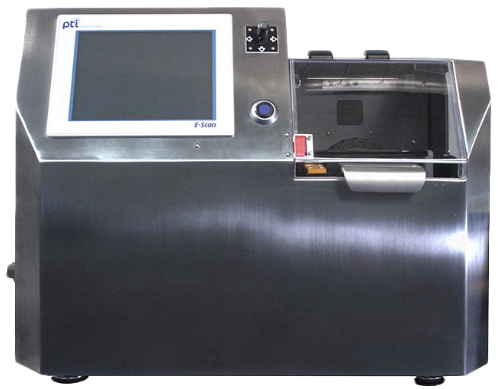
PTI packaging and inspection systems have brought about a revolutionary change in the traditional HVLD (High Voltage Leak Detection) method by introducing a groundbreaking technology for integrity testing of parenteral and biological products, including low conductivity liquids like sterile water for injection. This innovative approach, known as Microcurrent HVLD, uses approximately 50% less voltage and exposes the product and environment to less than 5% of the voltage compared to conventional HVLD solutions.
PTI’s HVLDmc, mentioned in USP <1207>, has established itself as a highly sensitive container closure integrity leak detection method for various liquid-filled packaging, including pre-filled syringes, vials, cartridges, and ampoules. MicroCurrent HVLD is versatile and suitable for testing a wide range of liquid-based products, including extremely low conductivity sterile water for injection (WFI) and proteinaceous products with suspensions
The Microcurrent HVLD test method is exceptionally capable of detecting various defects, such as pinholes, micro-cracks, stopper/plunger leaks, and non-visible leaks under crimping. By scanning a non-conductive sealed container with electrode probes, this method ensures product CCI (Container Closure Integrity) by identifying any defects in the packaging through resistance differentials and changes in current flow, pinpointing the approximate defect location.
Maintaining the sterile packaging integrity of pharmaceutical products is crucial, as any breach can potentially turn a life-saving product into a dangerous microbial environment. The Microcurrent HVLD, a patent-pending high voltage leak detection technology, has proven to be highly effective across various applications, including pre-filled syringes, vials, cartridges, ampoules, BFS (Blow-Fill-Seal), bottles, and pouches. Notably, it is an efficient online container closure testing method that requires minimal infrastructure modifications. This non-invasive technology demands no sample preparation and stands as one of the most effective CCI methods for all parenteral and biologic products.
The E-Scan testing process employs a set of electrode probes to scan a sealed non-conductive container made of glass, plastic, or poly laminate. The container must contain at least 30% liquid. If any pinhole, crack, or defect is present, the system detects a resistance differential and change in current flow, indicating a breach in the container, and the approximate defect location can be determined.
PTI’s patent-pending technology utilizes a unique mode of MicroCurrent HVLD, applying no more than 50% of the voltage used in conventional high voltage technologies. This significantly reduces voltage exposure to the product and environment, with MicroCurrent HVLD subjecting the product to less than 5% of the voltage exposure experienced when using comparable HVLD solutions. Additionally, the offline E-scan 655 method can be easily transitioned from the laboratory to 100% online testing applications at high production speeds.
The benefits of this method include being non-destructive, non-invasive, and requiring no sample preparation. It offers a high level of repeatability and accuracy, effectively working for all parenteral products, even those with extremely low conductivity liquids like WFI. The low voltage exposure to the product and environment ensures product safety. Furthermore, it simplifies the inspection and validation process, enabling both offline and 100% online inspection at high production speeds.
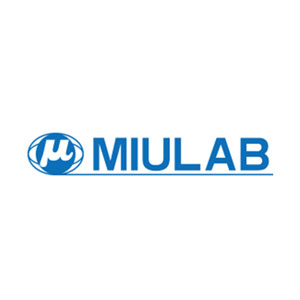
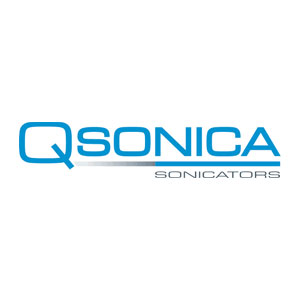
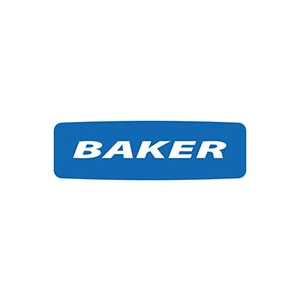

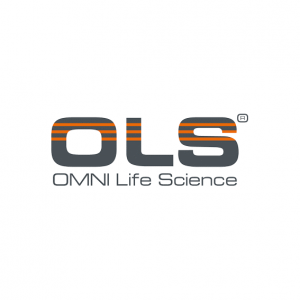
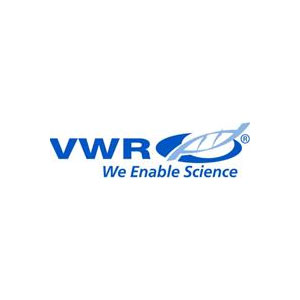

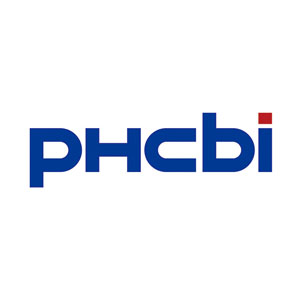


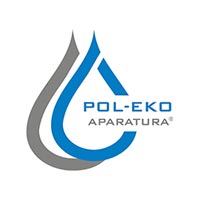
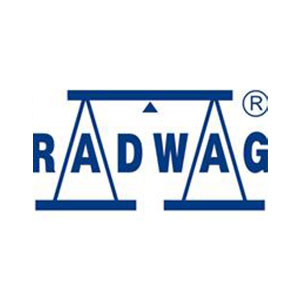
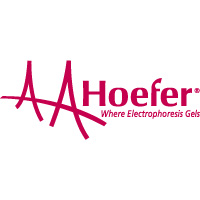

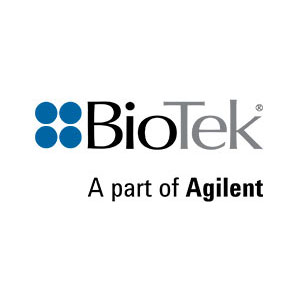



17 Hamefalsim St., Kiryat Arieh Industrial Zone, Petah Tikva, Zip Code 49130